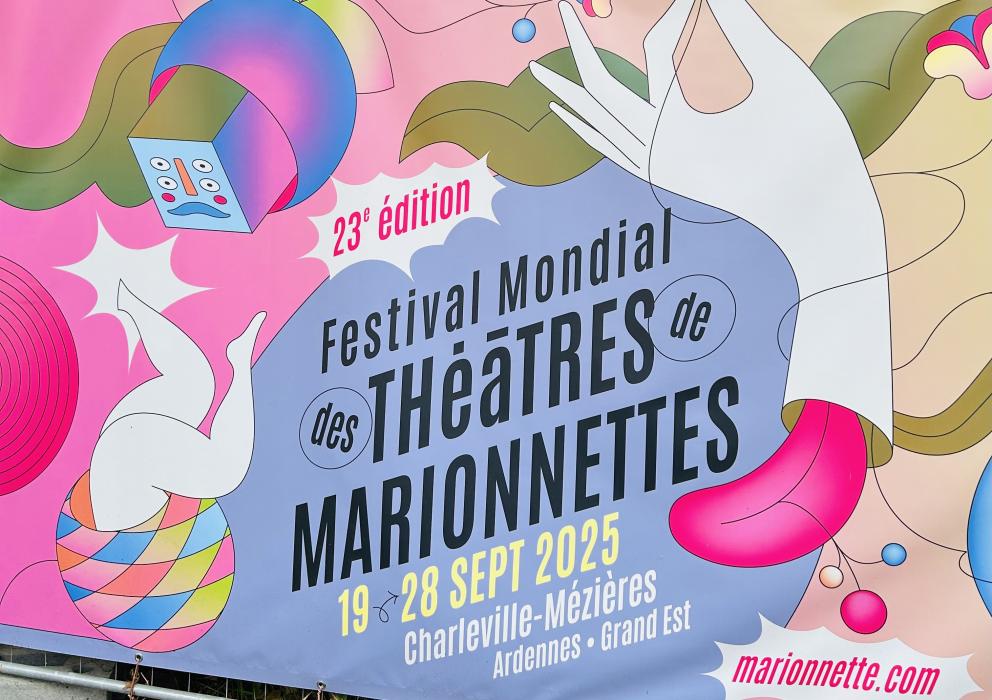Kitija Balcare gives lecture on visual theatre at festival in France

On September 23, Kitija Balcare, researcher at the Institute of Literature, Folklore and Art of the University of Latvia, delivered a lecture on the development of visual theatre in Latvia. The presentation took place in Charleville-Mézières, France, during the world’s largest and most prestigious puppet theatre festival, the Festival Mondial des Théâtres de Marionnettes.
This year, for the first time in the festival’s history, artists from all three Baltic countries – Latvia, Lithuania, and Estonia – participated in the official spotlight programme "Baltic Focus". Latvia was represented by two renowned theatre companies: the Latvian Puppet Theatre with the award-winning production "Siberian Haiku" directed by Valters Sīlis, and Gertrude Street Theatre (Ģertrūdes ielas teātris) with "Wood Paths" directed by Andrejs Jarovojs.
In addition to performances, September 23 featured a special day dedicated to Baltic theatre, including a theoretical event titled “What Is Visual Theatre in the Baltic States?”. The session brought together key voices from the region: Latvian theatre critic and researcher Kitija Balcare, Estonian theatre scholar Madli Pesti, and Lithuanian director Žilvinas Vingelis. Each speaker explored their country’s unique trajectory in visual theatre while also identifying shared trends and regional connections.
Charleville-Mézières, a small town in southern France, is known among theatre professionals as the world capital of puppet theatre. It is home not only to the biennial visual and puppet theatre festival but also to the headquarters of UNIMA (Union Internationale de la Marionnette) and the École Supérieure Nationale des Arts de la Marionnette (ESNAM) – a world-renowned higher education institution dedicated to puppetry arts.
Now in its 23rd edition, the Festival Mondial des Théâtres de Marionnettes took place from September 19 to 28, hosting over 80 international companies from France and across the globe. This year’s participants included artists from Europe, Bangladesh, Canada, China, Chile, the USA, Iran, Israel, and Taiwan.